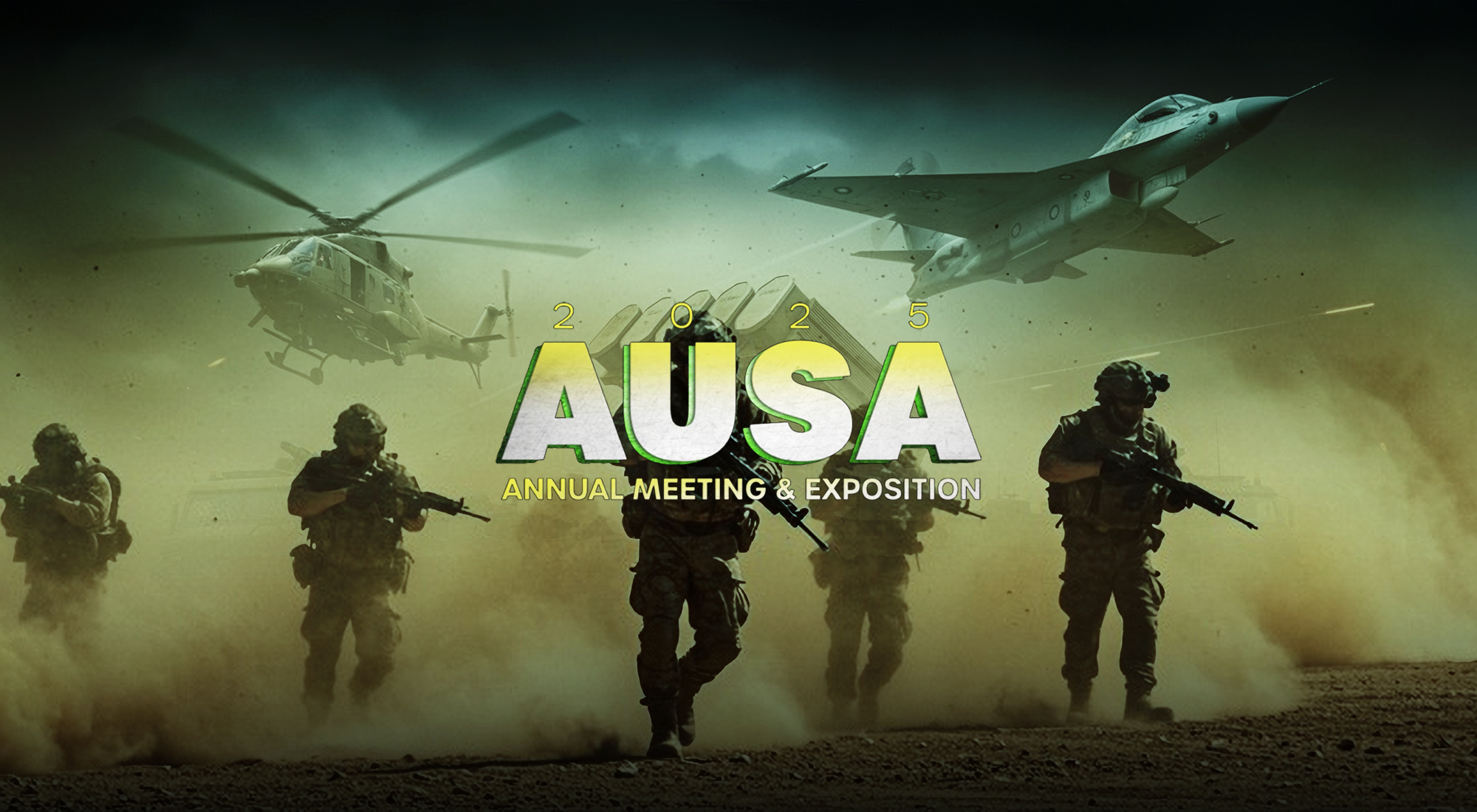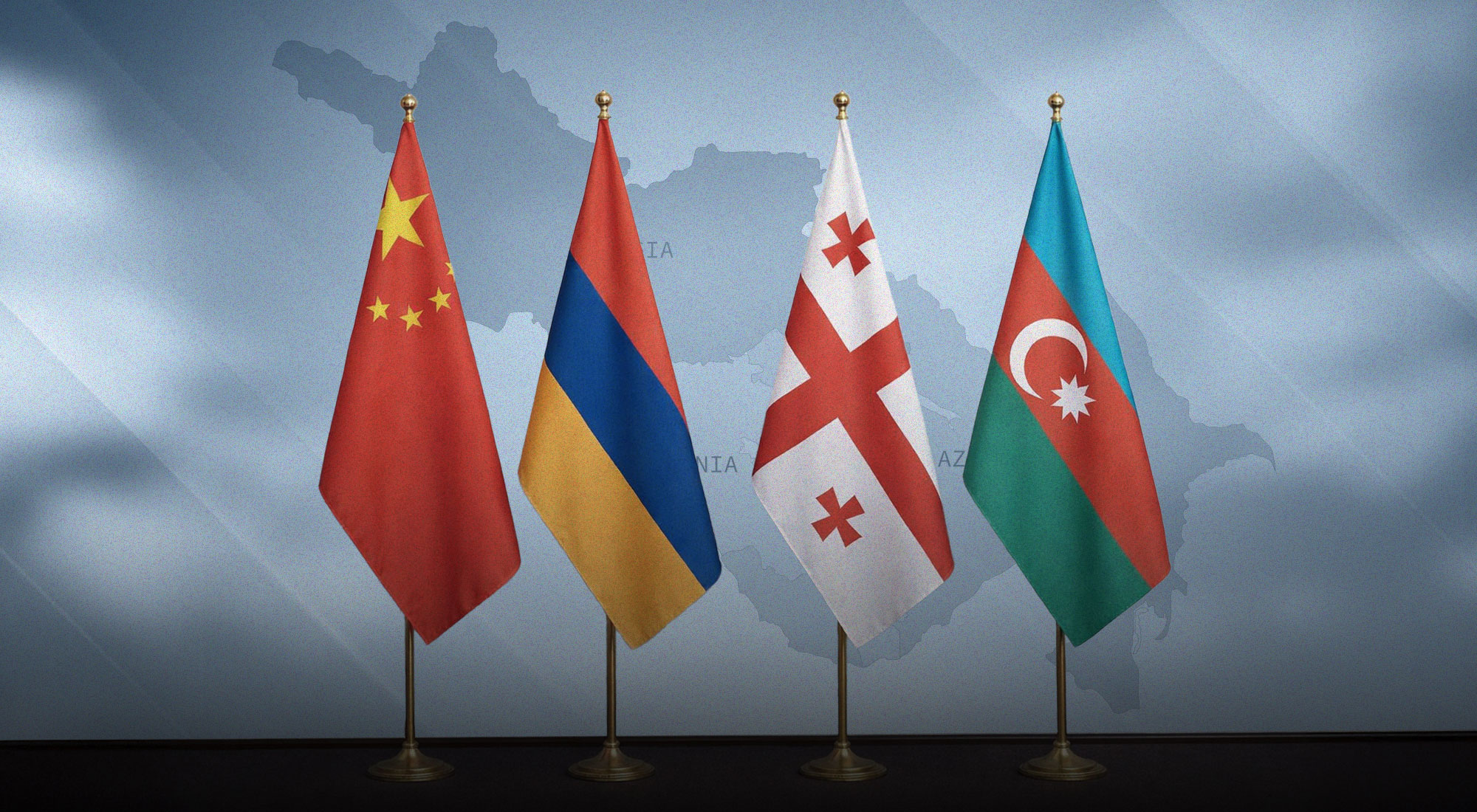The Russian aggression in Ukraine and the related Western sanctions against Russia have created major shifts in the global, and particularly Eurasian, geo-economics and supply chains. Many sectors such as global energy markets, agriculture and food security, banking, natural resources, transportation and logistics, and infrastructural connectivity initiatives, have been heavily affected by this war.
In this paper, the effects of the war on such connectivity initiatives and corridors will be unpacked in four parts: (1) the disruptions suffered by the BRI’s (Belt and Road Initiative) Eurasian Land Bridge, which connects China to Europe via Russia and Eastern Europe; (2) the growing geoeconomic importance of the Caucasus and Central Asia, such as the rise of the Middle Corridor and the BRI’s Central Asia-West Asia Corridor; (3) the increasing significance of the International North-South Transport Corridor for Russia, Iran, India, and generally for Eurasian geoeconomic dynamics; and (4) other geoeconomic changes caused or intensified by Russia’s war in Ukraine.
New Eurasian Land Bridge
The most immediate impact of the Russia-Ukraine war was felt along the New Eurasian Land Bridge (NELB),[1] in which the most important components are the Russian, Belarussian, and Ukrainian geographies. Before February 24 of this year, the NELB had shown great promise. It had the potential of being the main corridor connecting Asia to Europe – hence the word ‘Eurasia’ in the name – and was the reason why Chinese policymakers showed great interest in this corridor.
The main advantage of the NELB is (one can now say, was) that a considerable portion of it is situated in the vast Russian landmass, which means that trains (and trucks) have to go through only one country, namely Russia. This, in practice, makes the journey much smoother than those trains having to go through several countries (for instance, in Central Asia), with different languages, different levels of infrastructure quality, and most importantly, differing rail gauges as well as customs laws and border practices at each new border crossing. This made the NELB very attractive.
In brief, through the NELB, a train from China can reach the European landmass by crossing just the Russian border (or in some cases also passing through Mongolia or Kazakhstan). This is, of course, a double-edged sword, which is to say that it makes any initiative or enterprise that relies heavily on one country susceptible to the risks posed by that country. Such risks materialized on February 22 with Russia’s attack on Ukraine. Western sanctions ensued immediately, which meant that business as usual was no longer an option for initiatives – such as China’s Belt and Road Initiative (BRI)[2] – involving the Russian and Belarusian geographies, as well as the Ukrainian geography, in which the war is increasingly destroying rail, energy, and other infrastructure.
Another related consequence of the war is that the already fragile 16+1 component of the BRI was dealt a serious blow, the consequences of which will be felt for years to come. This cooperation platform between China and the 16 Central and Eastern European countries was already under serious strain,[3] due mainly to the fact that Chinese investments coming into this region were not materializing at the speed and scale regional countries had initially hoped for. The sanctioning of the Russo-Belarussian geography and the destruction of Ukraine – which had high hopes for its BRI participation – mean that the prospects for a serious flourishing of 16+1 are not that bright in the foreseeable future.
A major consequence of these sanctions was the fact that multiple actors, especially China, immediately started paying serious attention to other geographies and other corridors that could bypass the Russian and Ukrainian territories. Such connectivity initiatives and corridors include the International North South Transport Corridor, Turkish Middle Corridor, BRI’s Central Asia-West Asia (CAWA) Corridor, and the redirecting of Chinese FDA into countries such as Saudi Arabia and the UAE.

Figure 1. The NELB and other Corridors (Source: IRU, http://bitly.ws/xHHu)
Caucasus and Central Asia dynamics
With the troubles in the Russian geography and the NELB, increasing attention has been paid to the regions immediately below Russia, which could potentially give China (and others) access to the European geography without having to rely exclusively on the Russian geography, namely the Caucasus and Central Asia (CCA). Two corridors in particular have gained growing momentum in recent months: the Turkey-led Middle Corridor and the BRI’s CAWA Corridor.
The Middle Corridor (otherwise known as the Trans-Caspian International Transport Route)[4] is a Turkish initiative to create a transcontinental connectivity corridor in the CCA region, with a particular focus on countries in the region which have historical, ethnic, linguistic, and cultural affinities with Turkey, i.e., countries in relation to which Turkey perceives itself as a “big brother”. The main institution in which these countries interact with each other is the Organization of Turkic States (OTS). Turkish elites consider these countries to be in Turkey’s “Turkosphere” – a zone of privileged historical and civilizational influence.
The main selling point of the multi-modal Middle Corridor, in the Turkish elite discourse, basically boils down to the fact that it can help China and others (such as CCA countries) reach the European geography and markets and bypass the Russian and the Ukrainian geography. With this corridor, Turkey wants to solidify itself as the indispensable geoeconomic actor in Eurasian connectivity, almost in a literal sense, i.e., as the country which connects the two components of Eurasia (Europe and Asia) and that makes Eurasia a reality.
This corridor is already experiencing a trade boom[5] thanks to the war. A good portion of the traffic that was supposed to go through the geographies of Russia, Belarus, and Ukraine is being redirected through the BRI’s CAWA Corridor (at least the Central Asian part of it) and the Middle Corridor. The recent Shanghai Cooperation Organization (SCO) summit in Samarkand in September further solidified China-Central Asia geoeconomic and infrastructural connectivity.[6] The Middle Corridor has not only seen a boom in freight but also in the energy market. Given the ban on Russian energy, energy resources from the CCA exporters, such as Kazakhstan,[7] can find their way to Europe via this corridor.
However, this corridor will be capable of addressing only part of the forced reconfiguration of Eurasian connectivity in the aftermath of the war. There are serious challenges that will prevent this corridor from becoming the main corridor connecting Europe and Asia, including (but not limited to) geopolitical tensions along the way (such as tense relations between Armenia, Azerbaijan and Iran), the administrative hurdles along the many borders and customs administrations, and the fact that China (and, for that matter, many other actors) would not want to rely on yet another single actor, in this case Turkey.

Figure 2. A Major Component of the Middle Corridor: The Baku-Tbilisi-Kars Railway (Source: Turkish Ministry of Foreign Affairs, http://bitly.ws/xHBF)
International North-South Transport Corridor (INSTC)
Another corridor that experienced a major post-February boost is the INSTC, which is an initiative driven mainly by Iran, Russia, and India. It also involves other actors such as Oman, Azerbaijan, Afghanistan, and more indirectly the landlocked countries of Central Asia, which would need this corridor to gain land access to international waters. In an article written for The Diplomat,[8] published a couple of weeks into the war, I predicted that this corridor (together with the Middle Corridor) would quickly gain increasing significance given the fact that all the major participants (Iran, India, and Russia) would desperately need it for different reasons, including sanctions and the realities of material geography. It did not take long for that prediction to come true.
Due to its sanctioned geography, Russia predictably needs the INSTC most desperately, as it is the only viable land corridor for the country to access South (and by extension East) Asia. It also needs this corridor to connect to international waters (through Iran) in its southern geography to reach the broader West Asia region (including the Gulf Cooperation Council countries) and, importantly, Africa.
India seriously needs this corridor because of the simple geographic fact that it cannot access the Eurasian landmass via its two neighbors, Pakistan and China, with which it has very tense geopolitical relations; hence the Indian investments in the Iranian port of Chabahar, which constitutes an important hub in the INSTC – one that Modi himself called a golden gateway for India.[9]
For Iran, the INSTC matters immensely because Iranian geography is physically indispensable to this corridor; it is not really viable without Iran. The Iranian geography is the key passageway for Russia to reach south, for India to reach north, or for Central Asian actors to reach international waters down in the south of Iran. Not only is this corridor essential for these actors, it is also essential for Iran, given that the country has been geopolitically isolated from the West due to sanctions in recent years and wants to be part and parcel of Eurasian dynamics geoeconomically. Iranian elites have been aiming for Iran to become a civilizational and geoeconomic crossroads.[10] Despite the “neither East nor West” geopolitical slogan of the Iranian 1979 Revolution, Iran now aims to geoeconomically shoot off in both the East-West direction (through the BRI) and the North-South (through the INSTC).
As mentioned briefly above, the landlocked countries of Central Asia are also seriously interested in this initiative. The Ashgabat Agreement they signed with Iran, which came into force in 2016 and was later signed by India in 2018, is now practically integrated in the INSTC. In the Caucasus, Azerbaijan has turned out to be a very dynamic partner for Iran and Russia in the INSTC. The three countries have had several INSTC meetings since February 2022.
INSTC has been a work in progress since the early 2000s and will continue to be so for the foreseeable future. But with the war in Ukraine, one thing has become clear: INSTC is becoming a matter of geoeconomic life and death for some, such as Russia (at least in terms of land connectivity), and of vital importance for others, such as Iran, India, and Central Asia. Without this initiative, these actors become (to varying degrees) geoeconomically irrelevant in Eurasia.

Figure 3. International North-South Transport Corridor (INSTC), http://bitly.ws/xHJa
Other geoeconomic consequences of the war in Ukraine
The Russo-Ukrainian war has created or intensified other global and regional geoeconomic dynamics, some of which will be discussed in what follows. The war, for instance, has boosted Russian efforts to further develop and operationalize the Northern Sea Route (NSR) in the Arctic. When operationalized as a shipping lane, the NSR will become crucial for Eurasian and essential for Russian maritime geoeconomics. In 2022, the shipping traffic along this route has thus far increased by 5%, according to Russian officials.[11] Russia has been trying to develop this route for a long time now, but since the start of the war and ensuing sanctions, it has aimed to develop NSR more “systematically”.[12]

Figure 4. Northern Sea Route (Source: The Economist, http://bitly.ws/xHJi)
Another major implication of the war has been a revamping of the role of Africa in the BRI and generally in China’s geoeconomic imaginary. Since the war broke out, Sino-African engagements have witnessed a clear boost.[13] Given the turmoil in the European and Russian geographies, China’s immediate knee-jerk reaction (especially in March) was to engage further with Africa, a continent for which China is the top trade partner and the largest source of FDI. It is also noteworthy that Africa’s position in the global economy is projected to significantly rise with the expected rise of the population on the continent. The UN has estimated that the continent will have a population of around 4.2 billion people by the end of this century. Economically, that means Africa is likely to become a major manufacturing hub in the world, especially when Chinese and Indian populations decline or plateau.[14] China is seriously betting on its relations with Africa. The war in Europe has served as just another strong reminder for China about how vital Africa is to its geoeconomic future.
Another region that is important to China, which saw increasing interest in the wake of the war, is the Middle East. China brought down its FDA (foreign direct investment) in Russia to zero after the onset of the war and instead started to redirect its FDA towards countries such as Saudi Arabia[15] (especially in the Saudi energy sector) and the UAE. The war has revealed a widening schism in GCC-US relations. The China angle[16] has become increasingly significant for the UAE and Saudi Arabia, for both of which (and most of the rest of the Middle Eastern countries) China has emerged as the top trade partner. This in itself is a major geoeconomic shift in the world.
All these shifts are subject to further changes and reversals depending on how the war in Ukraine and other global geopolitical dynamics unfold, particularly the US’s push for a new Cold War with China. This scenario is both complex and complicated for the US to materialize, in a world where many countries are geoeconomically connected to and enthusiastic about the rise of China. It is not likely that the US will manage to convince all these countries to decouple from China to join a new Cold War, which would be costly from the business-oriented perspectives of many of these countries. African, Middle Eastern, South and East Asian, and even European trade with China are at (near) historically high levels. We have to wait and see how global geopolitics and geoeconomics affect each other and whether the world will become more geopoliticized (as per US wishes) or geoeconomized (as per Chinese preferences).
References
[1] William Anderson and Jean-Paul Rodrigue, “The Trans-Asian Railway (Eurasian Landbridge),” in The Geography of Transport Systems, ed. Jean-Paul Rodrigue (New York: Routledge, 2020), http://bitly.ws/xHAH.
[2] Mohammadbagher Forough, “Intervention with Chinese Characteristics: The Belt and Road Initiative Reconfiguring (Afro-) Eurasian Geo-economics,” Conflict, Security & Development 19, no. 3 (2019): 275-281, https://doi.org/10.1080/14678802.2019.1608023.
[3] Mohammadbagher Forough, “The Geoeconomics of the Wider Black Sea Region: Between China and the West,” in China in the Broader Black Sea Region, ed. Alexandra Martin (Brussels: GLOBSEC, 2021), http://bitly.ws/xHBA.
[4] Republic of Türkiye Ministry of Foreign Affairs, “Türkiye’s Multilateral Transportation Policy,” http://bitly.ws/xHBF.
[5] International Road Transport Union (IRU) “East-West Connectivity Calls for Sustainable Routes,” October 11, 2022, http://bitly.ws/xHBL.
[6] Mohammadbagher Forough, “What the West Gets Wrong About the SCO,” The National Interest, September 24, 2022, http://bitly.ws/xHBR.
[7] Burc Eruygur, “Kazakhstan Aims to Expand Oil Exports via Caspian Sea to 20M Tons Per Year,” Anadolu New Agency, November 7, 2022, http://bitly.ws/xHBW.
[8] Mohammadbagher Forough, “What Will Russia’s Invasion of Ukraine Mean for China’s Belt and Road?” The Diplomat, March 18, 2022, http://bitly.ws/xHBY.
[9] “The Golden Gateway,” The Indian Express, February 19, 2018, http://bitly.ws/xHC5.
[10] Mohammadbagher Forough, “Geographic Agency: Iran as a ‘Civilizational Crossroads’ in the Belt and Road Geography,” in Global Perspectives on China’s Belt and Road Initiative: Asserting Agency through Regional Connectivity, ed. Florian Schneider (Amsterdam: Amsterdam University Press, 2021).
[11] “Freight Traffic along Northern Sea Route Rises by 5% in 2022 — Novak,” Tass, August 1, 2022, http://bitly.ws/xHCk.
[12] “Russia Aims to Develop Arctic Sea Route,” Xinhua, October 26, 2022, http://bitly.ws/xHCq.
[13] Cliff Mboya, “Africa-China Relations Could Be Boosted by the War in Ukraine,” Africa Policy Research Institute, July 7, 2022, http://bitly.ws/xHCA.
[14] Mohammadbagher Forough, “The EU Ventures into the Strategic ‘Jungle’,” 9DashLine, October 27, 2022, http://bitly.ws/xHCJ.
[15] Edward White, “China’s Belt and Road Spending in Russia Drops to Zero,” Financial Times, July 24, 2022, http://bitly.ws/xHCP.
[16] Ahmed Aboudouh, “Russia’s War in Ukraine Is Making Saudi Arabia and the UAE Rethink How They Deal with US pressure over China,” Atlantic Council, April 26, 2022, http://bitly.ws/xHCY.








